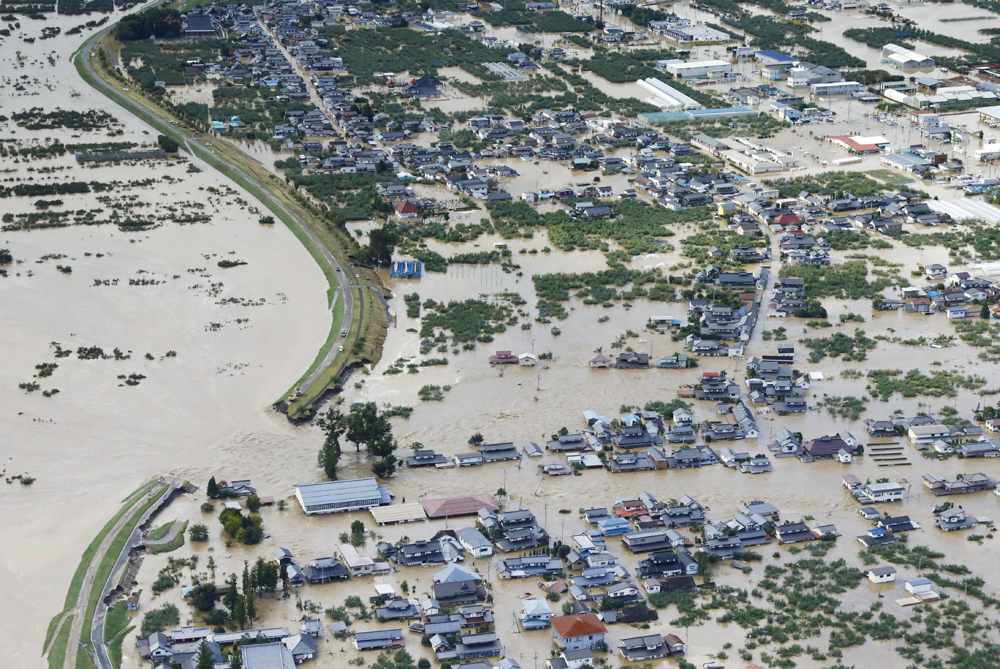
A number of insurance-linked securities (ILS) fund managers have adjusted their Japanese typhoon Hagibis loss reserves or side pockets in November, resulting in some positive and negative movements, we understand.Image from Kyodo agency (via Japan Today)Typhoon Hagibis, which made landfall on Japan’s main island of Honshu in the Kanto region on October 12th as a strong Category 2 equivalent storm, has been a particularly challenging loss to estimate for, not helped by the wide divergence between estimates and opinions., while the CEO of reinsurance firm RenaissanceRe had said Hagibis could result in as much as a $15 billion insurance market loss.That led to large loss reserves being set in many cases, based on the early estimates.But now that some cedant information is flowing the market’s expectations have been lowered and now many are .In fact, some are suggesting it could be much closer to $10 billion, or even lower, as .This uncertainty in estimates, on top of nervousness that typhoon Hagibis could play out like a repeat of Jebi with loss creep coming late, has made the process of setting estimates and reserves particularly challenging, especially for ILS fund managers.ILS funds and collateralised reinsurance vehicles cannot over-estimate too much, as many traditional reinsurers tend to do, given by doing so they would be trapping more collateral than is required to pay the loss.But of course the ILS funds don’t always get that much say, once cedant estimates begin to flow in, as loss buffer tables can stipulate that they hold back and reserve more collateral than the latest estimates say, something which could become a little controversial where Hagibis is concerned.Now, as greater clarity emerges over the industry loss from typhoon Hagibis, we’re told that some ILS fund managers have been adjusting their reserves.Our sources said that this resulted in positive adjustments in November for some, but also negative adjustments for others as well, as some reserves were increased slightly rather than reduced.There is a chance of more adjustments as well, given the new information from major players like Swiss Re could increase confidence with some that Hagibis’ eventual industry loss may come in lower than at first anticipated.Hagibis has been another example of the challenges associated with complex losses and reserving for ILS funds and the wide divergence in loss estimates likely means cedant loss notifications could also diverge significantly as well, given they use risk modellers estimates to set their own expectations sometimes.That could cause some ILS funds to face the trapping of much larger amounts of collateral, in percentage terms, than others.In the future, complex loss related factors such as this may provide further fire-power for differentiating cedants at renewal time, as the accuracy of their loss picks becomes an important input to how accommodating the protection provider terms for them may be, when they come to ask to renew their ILS market backed coverage.Estimating early and as accurately as possible is likely to be looked on more favourably, when it comes to renewal negotiations., this situation of adjustments and uncertainty could be set to continue.
Publisher: Artemis








